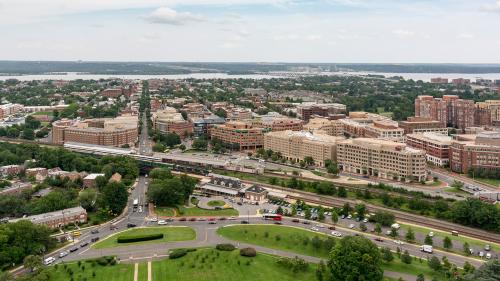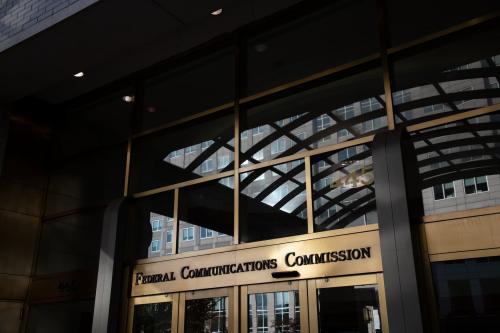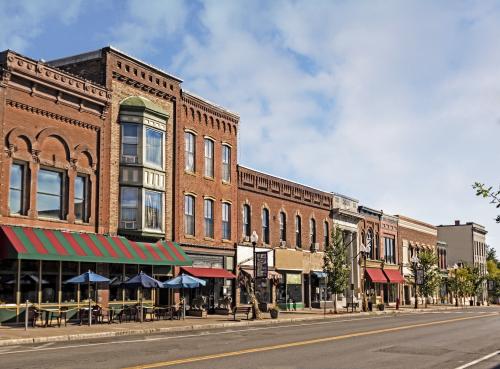Editor’s Note: This report reflects data from the fourth quarter of 2011. Please visit our updated MetroMonitor for the latest quarterly data and analysis.
Recovery was firmly underway in the Intermountain West by the fourth quarter of 2011 but its pace varied considerably across the region’s 10 major metropolitan areas. Six metros of the 10 metros saw job growth in the fourth quarter but only four saw it accelerate over the previous one. Output grew everywhere but only in half of the region’s metros did the pace of growth quicken. The unemployment rate was down across the board from one year earlier. House prices in most markets stabilized. Yet signs of a robust, sustained, and self-fueling recovery remained elusive.
National economic indicators from early 2012 may suggest that the economic recovery — though still very slow — is picking up speed, but the economic data for the country’s metropolitan areas now available through the fourth quarter of 2011 paint a somewhat more complicated picture.
Brookings’ national MetroMonitor, which tracks recession and recovery in the country’s 100 largest metropolitan areas, reports that the country’s major metropolitan areas saw widespread but generally slow growth in jobs, output, and housing prices in the fourth quarter of 2011. Unemployment rates fell steadily too. These broadly positive headline trends were accompanied by other more ambiguous developments: Manufacturing and high technology growth — important drivers of recovery throughout 2011 — slowed over the course of the year. In only a handful of places where job growth accelerated did output growth accelerate to match.
Mountain metros, for their part, charted rather independent courses over the fourth quarter. Phoenix roared — comparatively — ahead of its housing bust peers Las Vegas and Tucson, as did Boise. Outside of Colorado, manufacturing had a much stronger quarter in the region than it did nationally; high tech more closely tracked the national trend except in Salt Lake City, where it grew strongly. At the same time, a slowdown brought unexpected job losses to Ogden and Provo. Despite lackluster performance on individual metrics, Denver and Tucson were the only two metros in which both job and output growth accelerated at the end of 2011.
As always, conditions varied greatly across the 10 major metropolitan areas of the Intermountain West.
The Brookings Institution is committed to quality, independence, and impact.
We are supported by a diverse array of funders. In line with our values and policies, each Brookings publication represents the sole views of its author(s).



